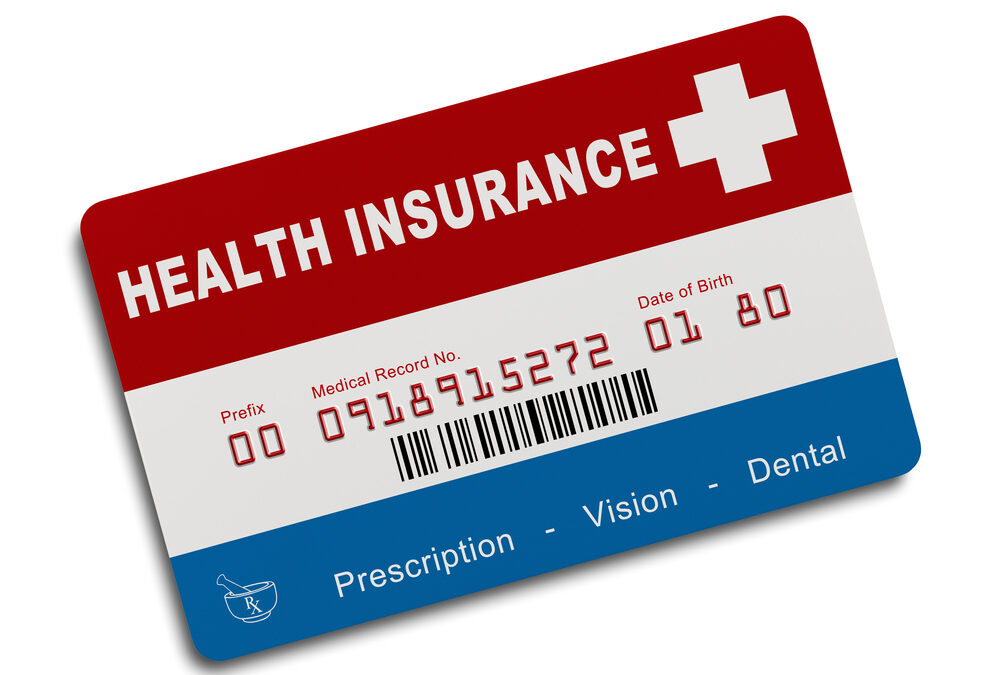There are two facts about insurance some patients are surprised to learn.
- Your doctor does not determine what you pay. It is your insurance company that sets the prices you pay. Your insurance company tells your doctor what to bill by way of a legally binding contract.
- Having health insurance in itself is not a guarantee against paying high prices. In fact, many insurance policies over the years have come to cover less and require patients to pay much more in many different ways.
Because every insurance policy is different, every patient pays differently. It is important to know how your health insurance policy so you understand what you are paying when you see the doctor. These terms and rules should help you understand your costs. It is your insurance company that sets the prices and the insurance industry that creates these rules… not your doctor.
Copay
A copay is what your insurance requires you to pay every time you see the doctor or get any kind of medical service. for example, you may have to pay $10 to see your primary care doctor, $50 to see a specialist, and $300 to go to the emergency room. This payment is for every visit. If you need to see a specialist 5 times, then you will need to pay the specialist copay 5 times. These costs are typically displayed on your insurance card.
Deductible
A deductible is what you have to pay before insurance will cover you and pay for anything. This is typically one of the bigger surprises for patients. Some deductible may be low like $200 but deductibles can be as high as $10,000 or more! Know your deductible so there are no surprises. Beware! Your deductible resets every year. If you get care in December and pay a deductible of say $4,000, it will reset in January and you will need to start all over again. For this reason, many patients wait until the beginning of the year to get treatment. This may not be ideal and this is why many see our system as broken among many other reasons.
Coinsurance
After you meet your deductible, you insurance still may not pay for everything. Coinsurance is a percentage you have to pay for treatment. If you have a 20% coinsurance for hospital visits, then you must pay 20% of your hospital visit and your insurance will pay the other 80%. Insurance policies typically set different coinsurance for different services as well. For example, coinsurance may be set at 20% for hospital services but 10% for office procedures. This is all defined in your insurance policy.
Out-of-pocket maximum
Finally, an out-of-pocket maximum defines the maximum amount you will have to pay in a year. After you reach your out-of-pocket maximum your insurance company will start to pay 100% on your behalf.
Negotiated Rate, Allowed Amount, or Adjusted Rate
The negotiated rate is where your insurance company sets prices. Your health plan has a price set for every possible medical procedure that can be performed as well as every possible type of office visit or consult. These prices apply to your deductible, coinsurance, and out-of-pocket maximum. These are the prices that your insurance company tells your doctor to bill. The contract your doctor has signed with your insurance company mandates that you are billed these prices.
Billed Amount
The billed amount is what the doctor or hospital bills the insurance company. This amount can be surprising because it is typically much larger than the negotiated rate. This is because billers often don’t know what the negotiated rate is. It can be hard to find. Therefore, the amount billed to the insurance company is always just an overestimate in order to meet the negotiated rate. It can sometimes be arbitrary and in the end it is the negotiated rate that is final rate your insurance company sets.
Putting it all together
Every time you go to the doctor, you will pay a copay as well as the negotiated rate or allowed amount your insurance sets for your office visit or procedure. You will pay for these services which will apply to your annual deductible. Once your deductible is reached, your insurance will start paying. However, you will likely pay coinsurance by paying a certain percentage for certain services while your insurance pays the rest. Once you meet your out-of-pocket maximum, your insurance will finally start paying 100% for the rest of the year. The following year everything resets and it all starts over again.

